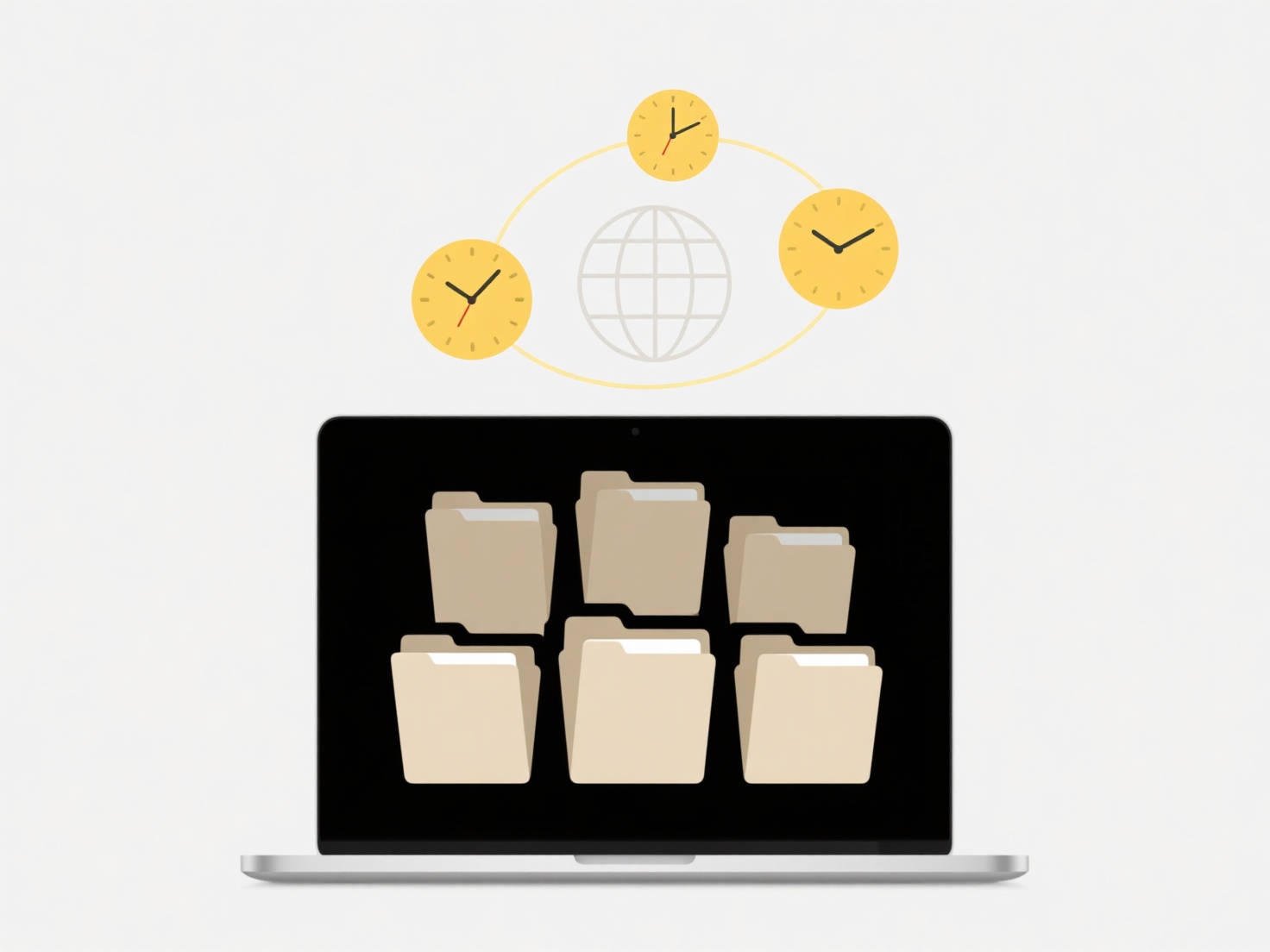
A hash or UUID can be effectively used as a file name. A hash is a unique, fixed-length string generated from the file's data using algorithms like SHA-256, ensuring identical files produce the same hash. A UUID (Universally Unique Identifier) is a randomly or algorithmically generated 128-bit number (e.g., 550e8400-e29b-41d4-a716-446655440000) designed to be globally unique without relying on file content. Unlike sequential or descriptive names, these methods provide unique identifiers independent of file content for UUIDs or precisely tied to content for hashes.
This approach is common in systems managing large volumes of files where uniqueness and data integrity are paramount. Content delivery networks (CDNs) often use file hashes for naming to detect duplicate files and enable efficient caching. Database systems or cloud storage services frequently use UUIDs as filenames for uploaded user files (like profile pictures or documents) to guarantee uniqueness without requiring a central naming authority.

Using hashes/UUIDs eliminates naming conflicts and simplifies deduplication (hashes). However, these identifiers are not human-readable, making file identification difficult without a supporting database. Hashes guarantee uniqueness only for files with identical content; UUIDs guarantee uniqueness regardless of content but don't prevent storing duplicate files. File systems may have length or character restrictions, so ensure your chosen format (e.g., hex string) complies. While standard practice in distributed systems, consider adding metadata externally for user context.
Can I use a hash or UUID for file names?
A hash or UUID can be effectively used as a file name. A hash is a unique, fixed-length string generated from the file's data using algorithms like SHA-256, ensuring identical files produce the same hash. A UUID (Universally Unique Identifier) is a randomly or algorithmically generated 128-bit number (e.g., 550e8400-e29b-41d4-a716-446655440000) designed to be globally unique without relying on file content. Unlike sequential or descriptive names, these methods provide unique identifiers independent of file content for UUIDs or precisely tied to content for hashes.
This approach is common in systems managing large volumes of files where uniqueness and data integrity are paramount. Content delivery networks (CDNs) often use file hashes for naming to detect duplicate files and enable efficient caching. Database systems or cloud storage services frequently use UUIDs as filenames for uploaded user files (like profile pictures or documents) to guarantee uniqueness without requiring a central naming authority.

Using hashes/UUIDs eliminates naming conflicts and simplifies deduplication (hashes). However, these identifiers are not human-readable, making file identification difficult without a supporting database. Hashes guarantee uniqueness only for files with identical content; UUIDs guarantee uniqueness regardless of content but don't prevent storing duplicate files. File systems may have length or character restrictions, so ensure your chosen format (e.g., hex string) complies. While standard practice in distributed systems, consider adding metadata externally for user context.
Quick Article Links
How do I manage permissions in SharePoint?
Managing permissions in SharePoint involves controlling user access to sites, lists, libraries, items, or documents. Sha...
What happens to cloud files when I uninstall the sync app?
Uninstalling the cloud sync app only removes the application responsible for synchronizing files between your computer a...
Why didn’t AutoSave work?
AutoSave is a feature designed to automatically save changes to documents or files at regular intervals, preventing data...